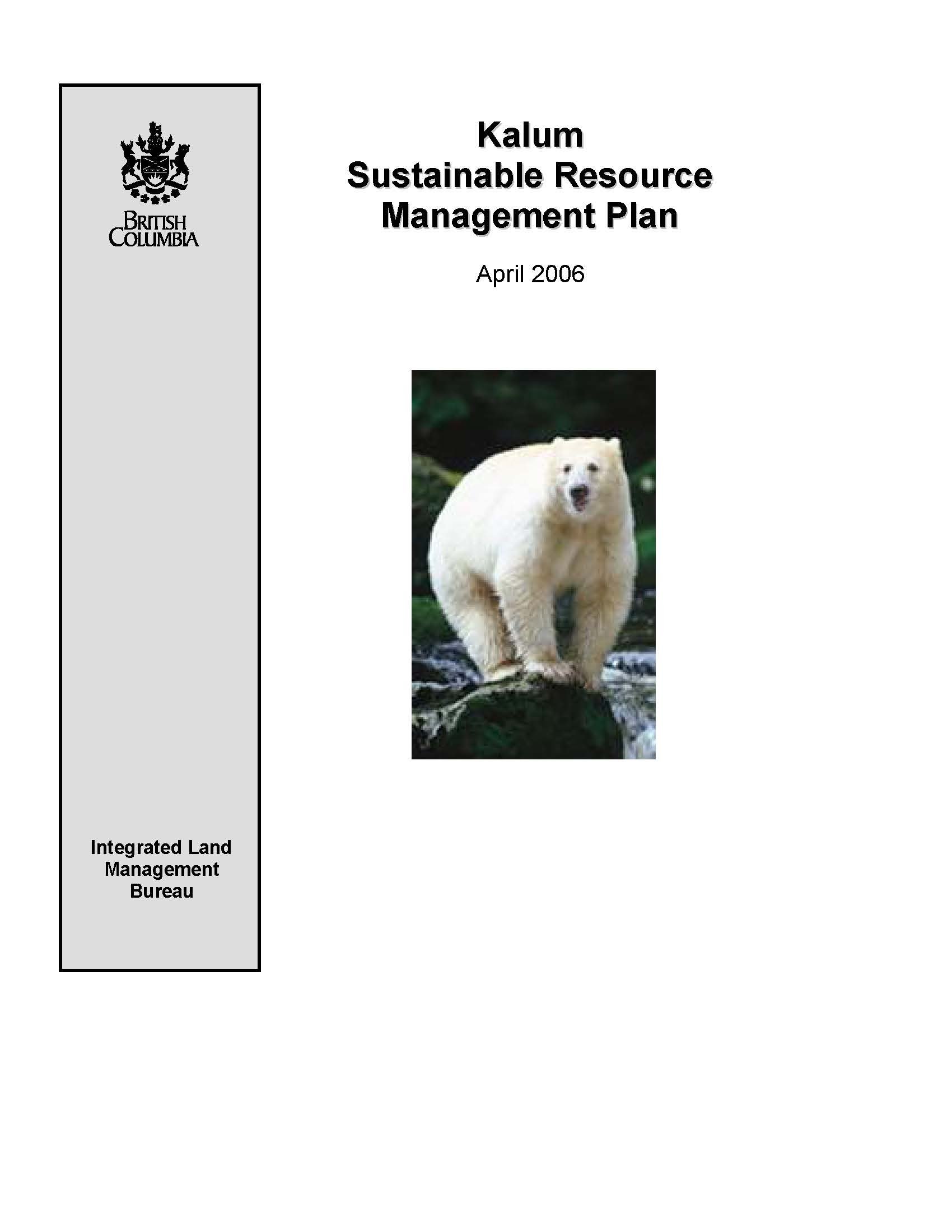
Resources
Kalum Land & Resources Management Plan guiding documents
-

Kalum Land and Resource Management Plan
The Kalum Land and Resource Management Plan (LRMP) encompasses 2.2 million hectares in Northwestern British Columbia and represents the consensus reached by the participants of the Kalum LRMP planning table and the Provincial government decision regarding three areas where participants were unable to reach agreement. The plan is the result of a two phase process which started in 1992. The table was comprised of public stakeholders, Indigenous and provincial and local government representatives. This plan is consistent with provincial government policy for land use planning, as described in the Provincial Land Use Charter (1992) and the policy document Land and Resource Management Planning, A Statement of Principles and Process (1993). There are three main sections to the plan: Description of the Plan Area, Management Direction, and Implementation and Monitoring.
-

Kalum Sustainable Resource Management Plan
The Kalum Sustainable Resource Management Plan (SRMP) was developed to guide land use and resource management within the plan area to help provide long-term sustainability of natural resources, jobs, and communities in the Kalum plan area. This plan is meant to implement objectives and strategies of the Kalum Land and Resource Management Plan (LRMP) that relate to forestry development and the Forest and Range Practices Act (FRPA). The Kalum SRMP was created to safeguard the public interests in the conservation and management of values and resources in the plan area, and to direct management of forestry activities occurring in the plan area. The values and issues addressed in the Kalum SRMP are identified by the Kalum LRMP.
-

Kalum LRMP Plan Implementation Committee Terms of Reference
The Kalum LRMP Terms of Reference was finalized in September 2005 as the guiding document for the Plan Implementation Committee (PIC) to monitor, at the strategic level, resource management and development activities to assess compliance with, and effectiveness of, those activities to meet the intent of the Kalum LRMP. The PIC does not have the mandate to make land use planning decisions. The membership of the PIC is intended to be inclusive and to reflect the diversity of the planning table that developed the LRMP, including representatives of local government and First Nations, at their discretion.
